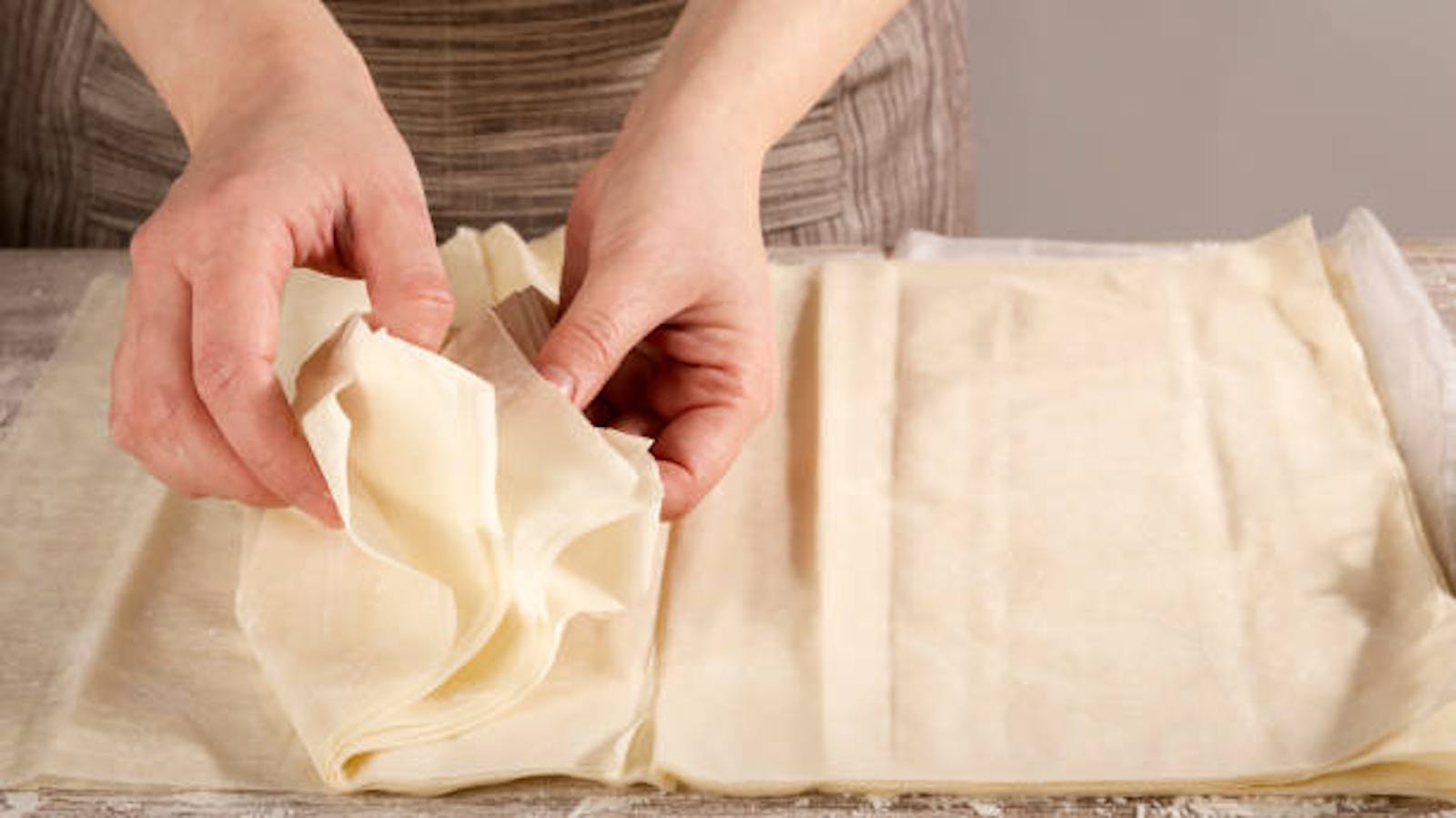
Only a few preparations are known worldwide by their original Greek name. One of them is the irresistible filo pastry. Souvaki, moussaka and feta may be the "kings" of the Greek tradition, preparations known all over the world, but filo pastry is also a famous Greek product. Basic preparation for the incredible pies known abroad by the Greek name.
Filo pastry is inextricably linked with the preparation of the pies. You will hear that many housewives - especially the "old ones" - refer to the preparation of filo pastry as something light that they claim the recipe is unnecessary. There are different types of filo pastry that are used to make various traditional pies.
Filo pastry for the best traditional pie
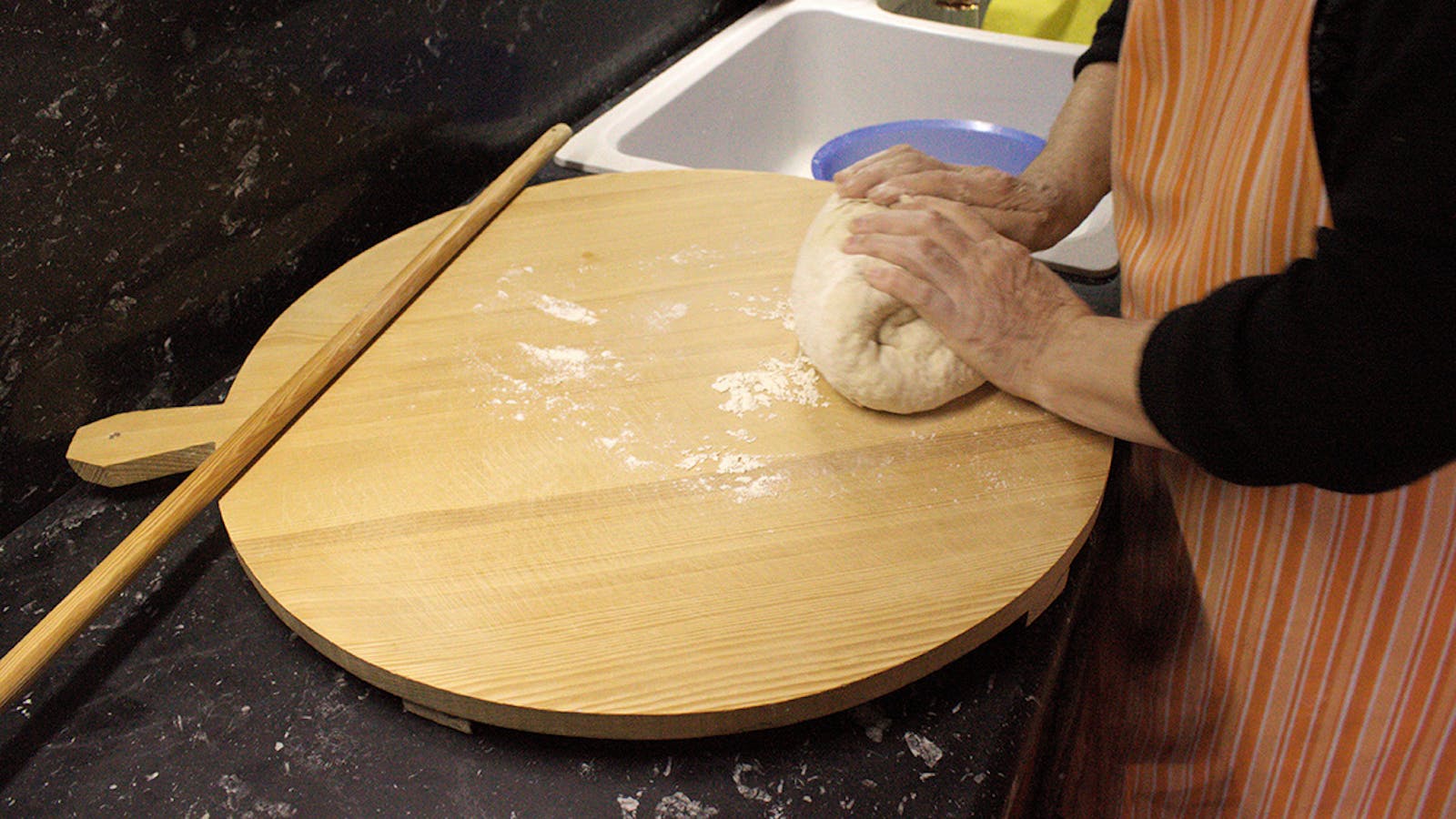
Pita is called a flat unleavened or lightly enzymatic preparation that can be used in place of bread or for wrapping various ingredients.
Food or pastries, with or without filo pastry, baked in the oven if it is large or in the pan if it is small. Some pies are baked on a metal plate or a hot stone.
Pita is a delicacy known since ancient times as it has always been a delicious, filling and complete food.
The Carthaginians knew how to combine various ingredients with dough in the form of a pie, as depicted in their clay pots.
The Romans also had pies based on flour, rice or semolina fermented with eggs, cheese and honey, the oldest form of pie and filling. They later started using meat and animal by-products.
In ancient Greece there was also pie. A clay figure from the year 5 BC. was found in Tanagra, Boeotia, and shows a woman holding a kind of pie in her hands.
The most typical pie in ancient Greece was filled with cheese, honey and oil.
Pies continued to appear in all social classes in the centuries that followed, changing their shape from place to place.
Today the cheesepies, meat pies, spinach pies, cabbage pies that we find in all regions of Greece with a filo pie opened or prepared by housewives are nothing but variations of the oldest pie.
For the Greek territory, pies were and are a widespread dish as it has many benefits. Inexpensive, complete and filling meal that remains unchanged for several days and is easy to transport.
Today pies are especially known in Epirus, Thessaly and Central Greece.
Especially in Epirus these pies are the bread and the food for the residents, because in the past it was the main food of the nomadic cattle breeders "Vlachs (Βλάχων) and Sarakatsana (Σαρακατσάνων)". This explains the amazing variety and dozen of pie variations.
The latest years, pies were differentiated and further developed according to modern eating habits and preferences. The filling of the pie varies from region to region, depending on the local ingredients and customs.
So we have pies with filo pastry, without filo pastry, with two filo pastries or with a lot of filo pastry.
The types of filo pastry
Filo pastry for pies is a treasure in the kitchen. There are tons of ways to work delicious wonders in the kitchen by using different types of filo pastry, and preferably combining them with different ingredients.
Its basic ingredients are wheat flour and water. There are many variations with melted butter, egg or other ingredients playing an important role. The usual method is that after the dough has been shaped into a ball with the help of a rolling pin, known in Greece as "plastis" (traditionally made of wood or even silicone), the dough is "opened" in all directions by pushing the Push the rolling pin up and down.
But let's get to know the types of filo dough:
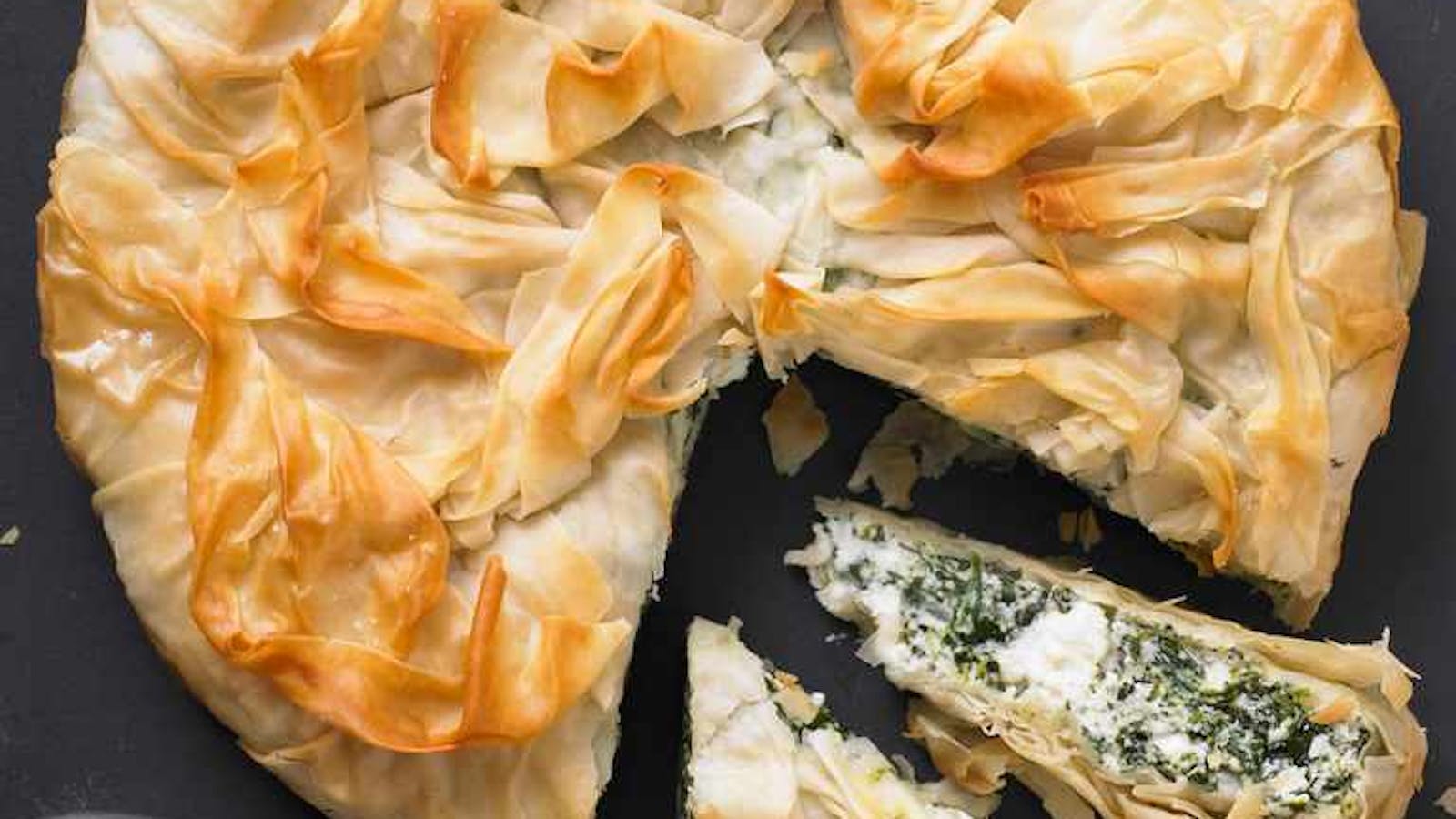
Filo pastry:
Most people mean filo pastry when they say leaf. It is made of flour and water and is very thin. It is a smooth batter that is used in sweet and savoury pies.
It is usually made up of either 4-5, buttered over and under our filling. It is usually bought ready because it is very difficult to get such a delicate result with our rolling pin. Even so, there are artisans and traditional grandmothers who can open such a thin sheet. Use it for both cookery and confectionery creations:
- Political kaseropita with flaky filo
- Baklava with pistachio
- Orange pie
- Galaktoboureko
Puff pastry :
Fluffy, with a buttery taste! It usually contains butter or some vegetable oil. The difference lies in the technique of opening the sheet, which involves folding the sheet several times, which divides the dough into several sheets during baking.
When cooked, it swells up and forms layers of many filo pastry sheets. Store bought or homemade, has the same effect.
- Potato pies with puff pastry
- Filo pastry pies with all the ingredients you have in your fridge
- Homemade millefeuille
Traditional filo pastry:
Made from high quality flour and kneaded with olive oil to keep the authentic texture, it is the standout sheet for traditional pies. You can find it ready, but you can also make it yourself.
It is easy to open by rolling the rolling pin with the wrapped dough up and down. The thinner the rolling pin, the thinner the sheet. In any case, of course, it takes art, patience and perseverance to make the sheet even and thin! Some ideas suggestions:
- Greek Spanakopita (spinach and feta)
- Macaroni Piefrom Epirus
- Pumpkin pie with leaf
Short crust :
Kouros dough is made from flour, oil, or butter and often contains yogurt or eggs. It doesn't swell when you bake it, but it turns out crispy and very tasty. Usually used in savory pies.
- The traditional kourou cheesepie!
- Kourou sausage pie
- Ham and cheese pie with kourou batter
Beirut filo pastry:
The thin filo pastry of middle eastern. Contains flour, butter and egg. Beirut filo dough is mainly used in Confectionery,
- In traditional syrupy sweets
Dough threads Kataifi:
These are threads of dough made from water and flour, usually made by machines or artisans. It looks like a vermicelli and is mainly used in confectionery, although it can also be used successfully in cooking!
- Incredible ekmek kataifi
- Kataifi
Pizza dough sheet:
We combined pizza with a relaxed atmosphere, company and laughter at the end of a busy week. Many viewed it as a delivery meal because it was time consuming and potentially difficult to prepare. But now it's enough for someone to have a sheet of pizza dough and take it out of the freezer! Add your preferred toppings and it's ready in about 20 minutes!


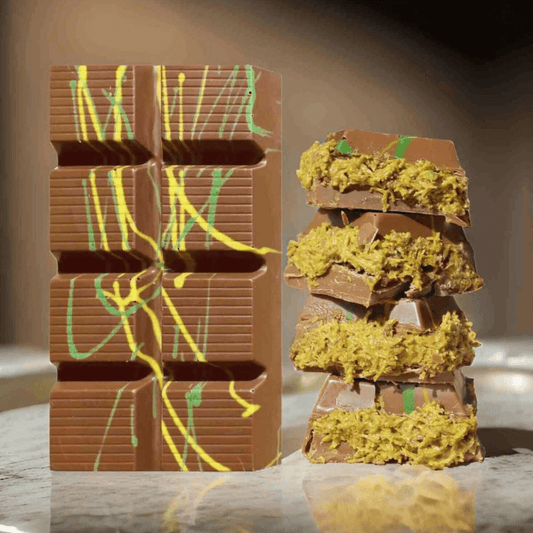


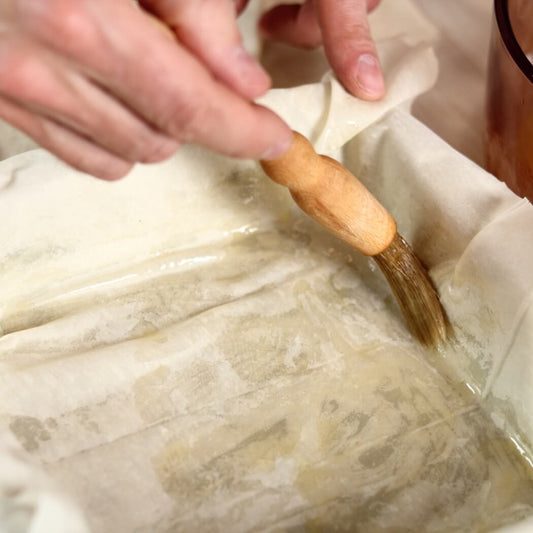

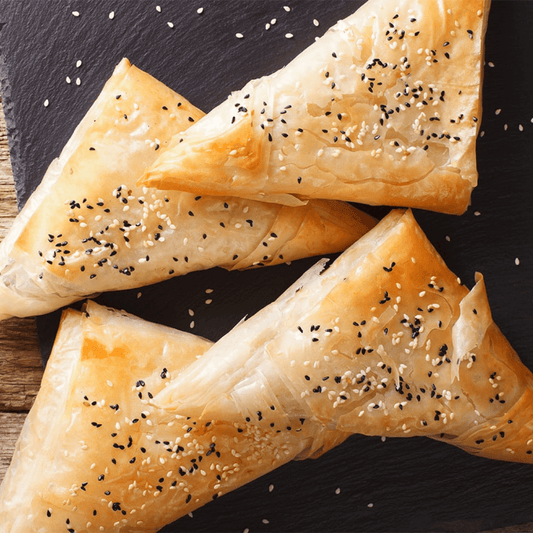


1 comment
Magnifique cuisine